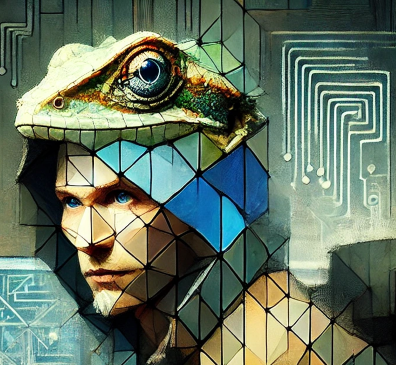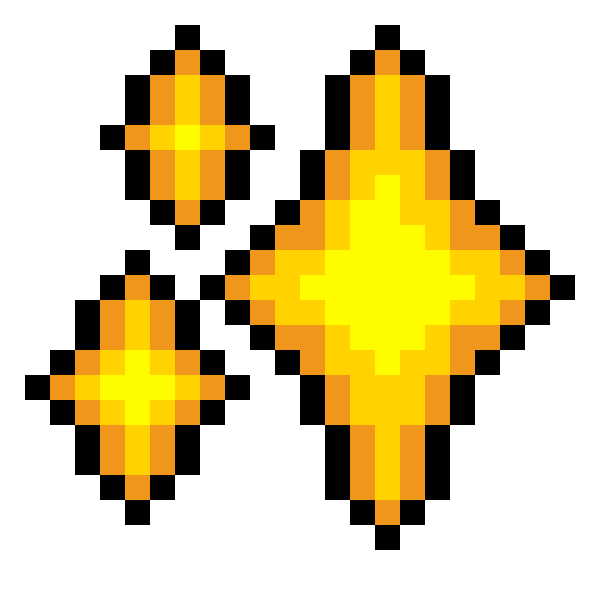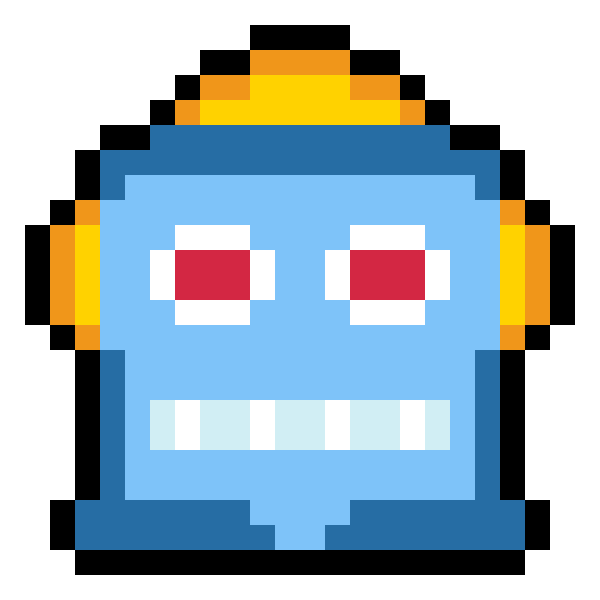 byJose Crespo, PhD@josecrespophd
byJose Crespo, PhD@josecrespophdMathematician lurking in the tech underworld, fixing gaps and carving out new routes over the obstacles.
Story's Credibility



About Author
Mathematician lurking in the tech underworld, fixing gaps and carving out new routes over the obstacles.